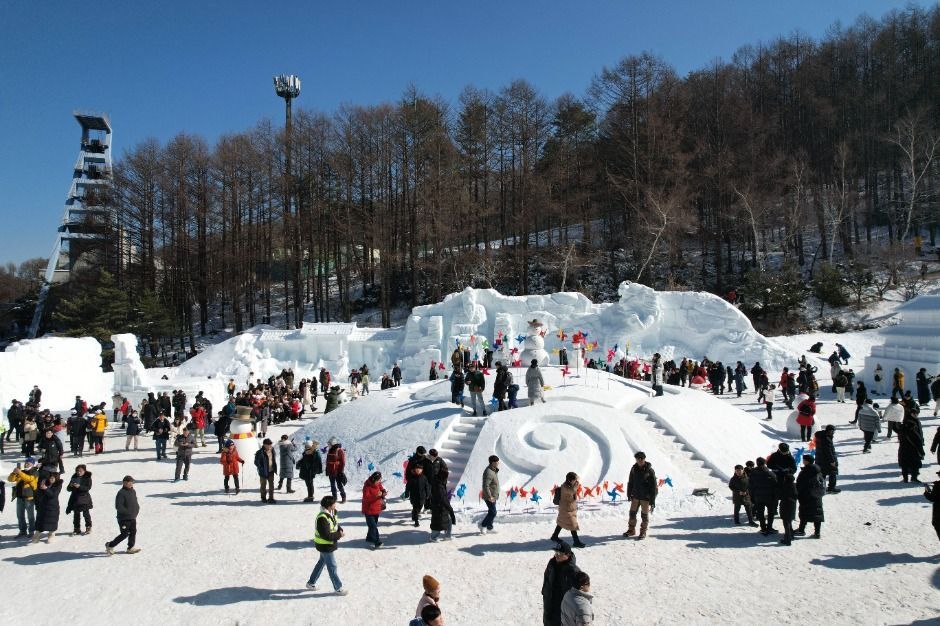Festival del Invierno de Taebaek (태백겨울축제)
19.7Km 2025-01-13
Sodo-dong 180, Taebaek-si, Gangwon-do
033-553-6900
En este festival, que tiene lugar en la ciudad de Taebaek, podrá experimentar el mundo de sus sueños, el paraíso blanco cubierto de nieve. El escenario principal del festival es la plaza Danggol del Parque Provincial del Monte Taebaeksan, en donde estarán en exposición piezas de escultura de nieve de grandes dimensiones tanto de los artistas nacionales como extranjeros.

 Español
Español
 한국어
한국어 English
English 日本語
日本語 中文(简体)
中文(简体) Deutsch
Deutsch Français
Français Русский
Русский